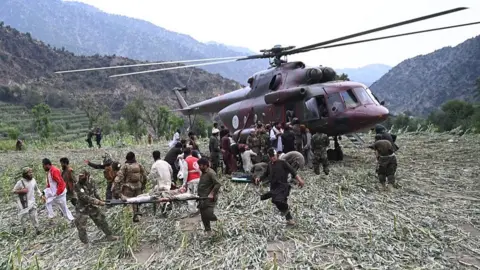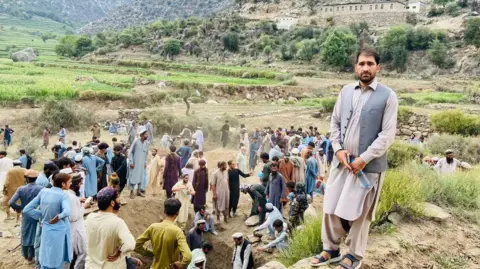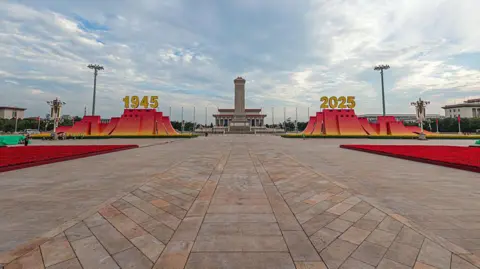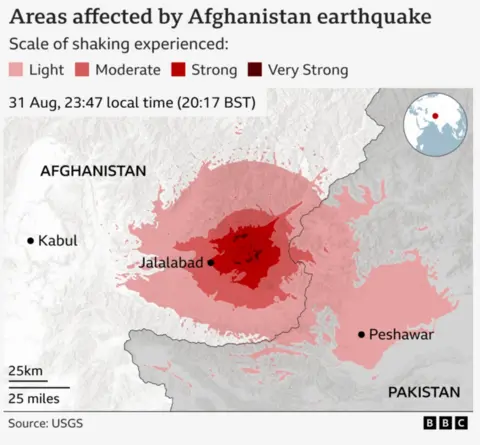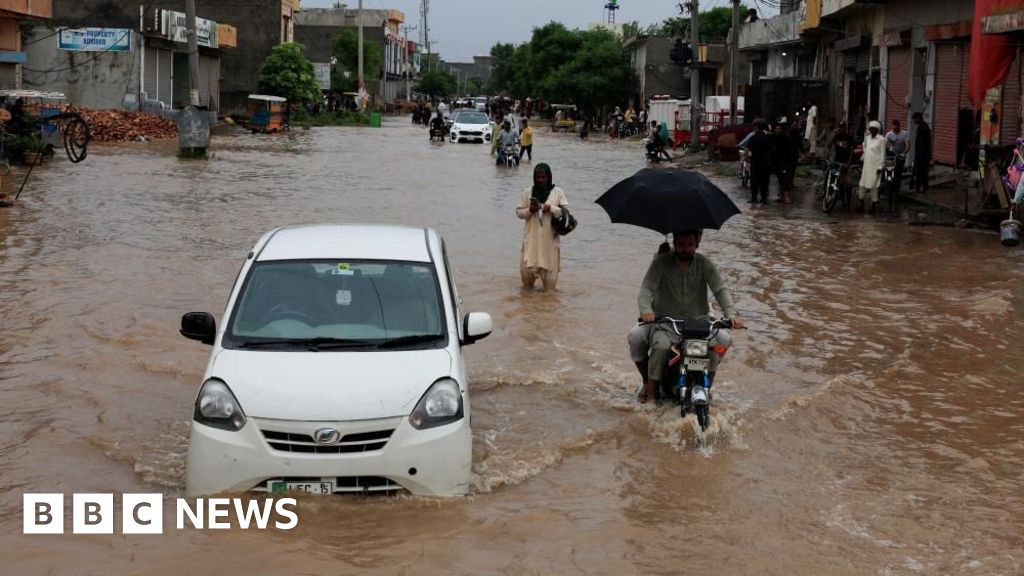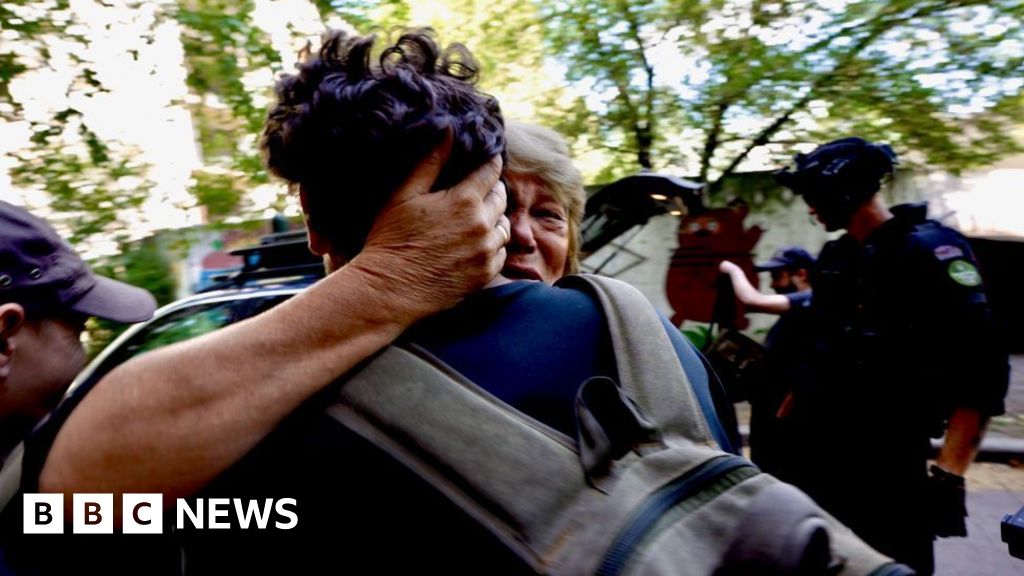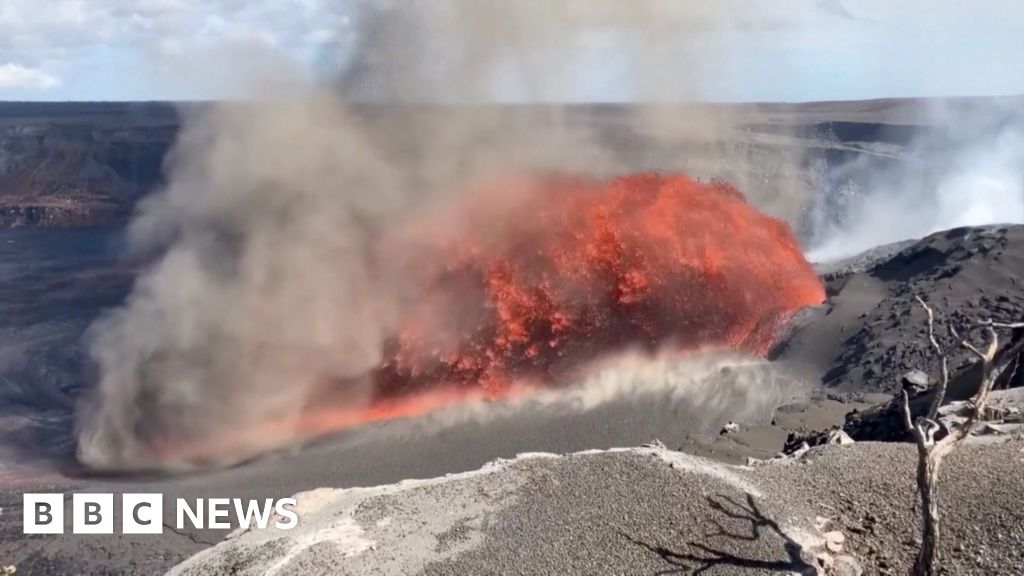Tsunami warnings have been rescinded across the Pacific following a powerful earthquake measuring 8.8 in magnitude that struck Russia’s Far East. The quake hit the vicinity of the Kamchatka Peninsula at approximately 11:25 local time on Wednesday (00:25 BST), prompting alerts that led to the evacuation of over two million individuals in affected regions, including portions of Russia, Japan, and Hawaii in the United States. Although the earthquake was formidable, reports indicated no serious injuries or substantial damage.
A tourist in Hawaii remarked, "The disaster we were expecting did not come," after waves reached only 1.2 meters on Oahu and 1.7 meters on Maui. Hawaii Governor Josh Green warned residents of the potential dangers of a tsunami, stating, "It is not a regular wave. It will actually kill you if you get hit by a tsunami." However, he later confirmed that no significant waves had impacted the region. The Pacific Tsunami Warning Centre subsequently downgraded Hawaii’s tsunami warning to an advisory, suggesting potential minor flooding and strong currents but ruling out major tsunami threats.
In California, northern areas such as Crescent City reported wave heights of up to 1.09 meters according to the National Tsunami Warning Centre, with lesser tidal surges observed in San Francisco and Los Angeles. British Columbia in Canada issued a tsunami advisory for coastal regions, urging residents to stay clear of the ocean until an all-clear was announced; this advisory was lifted shortly thereafter.
The earthquake emanated from the Russian region where some buildings sustained damage, particularly in Petropavlovsk-Kamchatsky, although initial assessments reported no serious injuries. Tsunami waves measuring up to 5 meters impacted certain areas like Severo-Kurilsk, where residents were evacuated. Despite the situation, authorities managed to keep reports of harm to a minimum, although the Klyuchevskoy Volcano in the region began erupting in the aftermath.
In Japan, evacuation sirens prompted responses from thousands, particularly in Iwate prefecture, where evacuations were ordered for nearly two million residents. The tsunami warnings in Japan were later downgraded across many regions, from north of Tokyo to Wakayama in the south. Japanese Prime Minister Shigeru Ishiba confirmed there was no information indicating damage at this stage, especially at the Fukushima nuclear plant, which had faced a devastating tsunami in 2011 that caused a nuclear meltdown.
Further afield, French Polynesia and other Pacific nations issued initial tsunami alerts, advising their coastal populations to evacuate higher ground. China lifted its alert with no substantial damage reported, and alerts for the Philippines and Taiwan were similarly rescinded. Nations like Peru closed numerous Pacific ports in anticipation of minor tsunami activity, further showcasing the extensive reach of the quake.
The earthquake occurred in a seismic hotspot known as the Pacific Ring of Fire, where around 80% of the world's earthquakes take place according to British Geological Survey data. The event was recorded as the joint sixth largest in history, drawing parallels with past significant quakes and tsunamis in the region, underscoring ongoing concerns regarding the seismic activity in this globally significant area.








